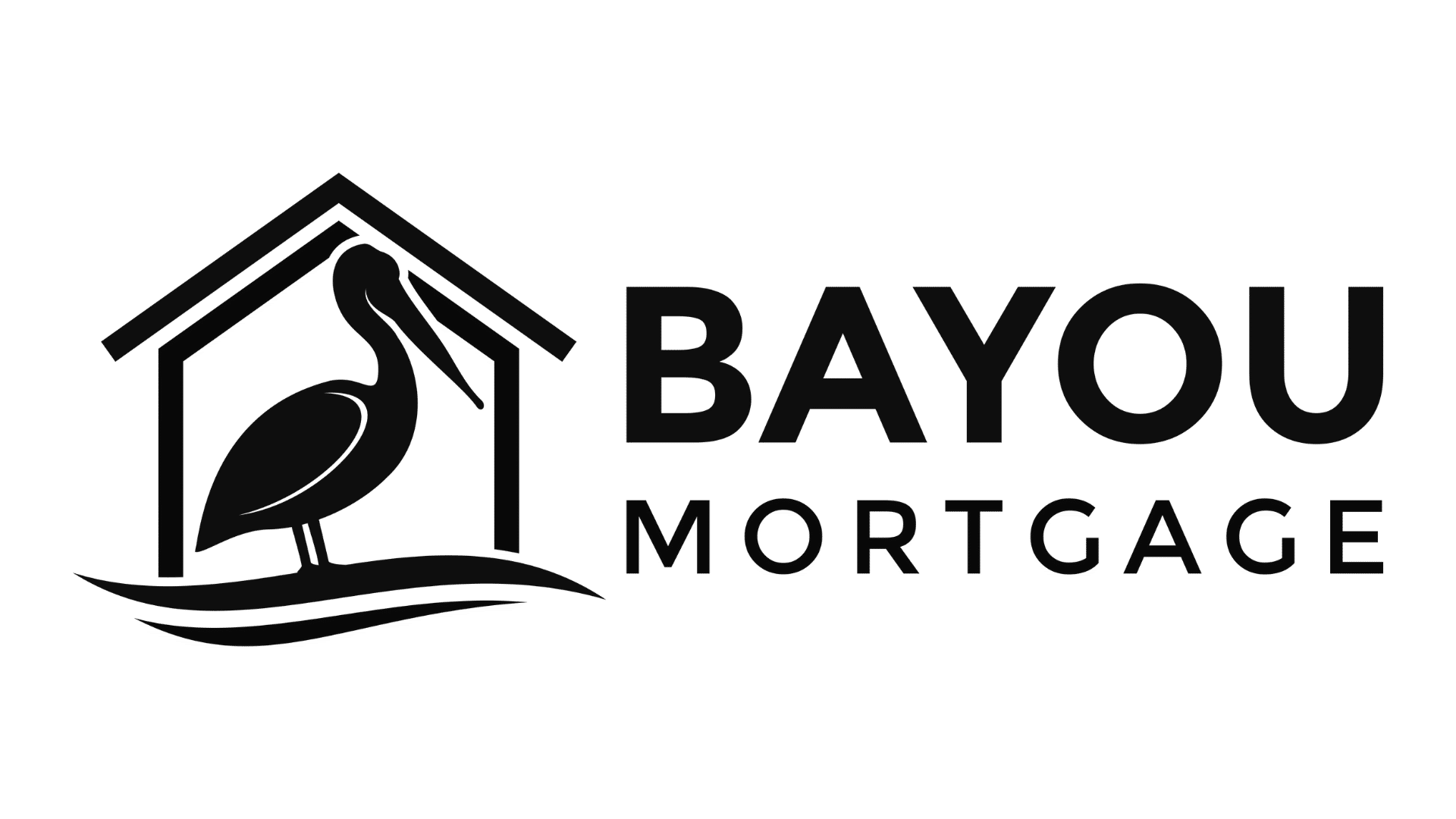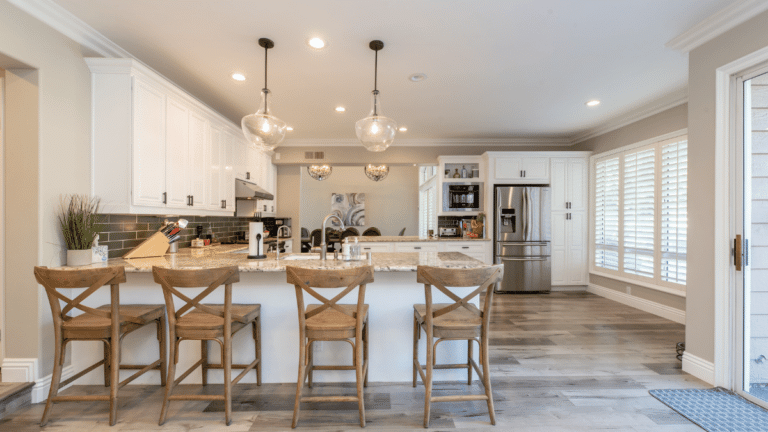In the world of financing, one term that comes up often is a Home Equity Line of Credit, or more commonly known as a HELOC. Whether you’re considering leveraging your home’s equity to consolidate debt, fund home improvements, or cover unexpected expenses, understanding how a HELOC works is key to utilizing this financial tool effectively.
Defining Home Equity Line of Credit (HELOC)
A Home Equity Line of Credit is a type of borrowing that allows homeowners to draw funds as needed, using their home’s equity— the value of the home minus the amount owed on the mortgage—as collateral. In essence, it’s a flexible line of credit that you can tap into when you require funds.
A HELOC offers flexibility that a traditional mortgage doesn’t provide. Instead of receiving a lump sum, the borrower can pull from the line of credit as needed during “draw period,” typically this period lasts for about 10 years.
How Does a HELOC Work?
Think of a HELOC as a credit card tied to your home’s equity. Once approved for a HELOC, you have a set credit limit that you can borrow against. During the draw period, which often lasts about 10 years, you can borrow money as needed, up to your approved credit limit.
Differing from a traditional home equity loan, a HELOC allows you to borrow and repay as often as needed during the draw period, and you only pay interest on the amount you’ve borrowed, not your full credit line.
After the draw period ends, you enter the repayment phase, often lasting 10 to 20 years. During this phase, you no longer borrow against the credit line but instead start repaying what you’ve borrowed, plus interest.
Accessing Funds from a HELOC
Accessing funds from a HELOC is as simple as writing a check or transferring the money to a checking account. Some lenders may also offer HELOC credit cards for the ease of the borrower. It’s important to remember that each time you draw from the HELOC, the balance owed increases, similar to charging on a regular credit card.
Key Factors to Qualify for a HELOC
Just like any credit line application, qualifying for a HELOC involves certain requirements. Here’s what most lenders look for:
- Equity in Your Home: Since your home’s equity is collateral for the line of credit, your home must be worth more than you owe on your mortgage.
- Good Credit : Most lenders require a credit score of 620 or higher.
- Debt-to-Income Ratio: Lenders want to see a reasonable debt-to-income ratio, preferably less than 40-45%.
- Steady Income: A regular source of income indicating that you can handle additional loan repayments is key.
Application for a HELOC often involves providing your lender with necessary documents, such as proof of income, tax returns, and details about your property’s value.
Determining the Cost of a HELOC
The cost of a HELOC involves more than just the interest charged on what you borrow. Other costs can include:
- Closing Costs: Just like with a primary mortgage, HELOCs often come with closing costs, including application fees, title search fees, and appraisal costs.
- Annual Fees: Some lenders charge an annual membership or participation fee. Others may charge a transaction fee each time you draw from your credit line.
- Minimum Withdrawal or Balance Requirements: Some HELOCs require a minimum initial withdrawal at closing. Others may require you to maintain a certain outstanding balance.
Before applying for a HELOC, it’s crucial to fully understand the terms and costs to avoid any surprises.
Interest Rates on HELOCs
Interest is a significant component of the costs associated with a HELOC and it can either be variable or fixed.
Variable Interest Rate
This is the most common type of interest for HELOCs. Variable rates are based on a publicly available index, like the U.S. Prime Rate, plus a lender-specific margin. If the index changes, your rate will change too, which means your payments could increase or decrease.
Fixed Interest Rate Option
Some lenders allow you to convert a portion or all of your HELOC balance to a fixed interest rate. This option allows you to lock in a low rate and steady payments. However, if interest rates drop, you might miss out on lower payments that you could get with a variable rate.
It’s crucial to bear in mind that the decision between a variable and fixed interest rate should depend on your financial situation, interest rate forecast, and risk tolerance.
Would you like me to continue with the rest of the content?
Calculating How Much You Can Borrow
The amount that you’re able to borrow with a HELOC will often depend on the amount of equity you have in your home, as well as other factors like your credit history and income. Generally, lenders let you borrow up to 85% of the appraised value of your home, minus the amount you owe on your mortgage.
For example, let’s say your home is valued at $300,000 and you still owe $150,000 on your mortgage. The maximum amount for a HELOC would be $105,000 ($255,000 which is 85% of your home’s value, minus $150,000 you owe).
It’s crucial to remember that the above example is a general case, and the specifics can vary significantly from one lender to another.
The Pros and Cons of HELOC: Is It a Good Idea?
Before deciding on a HELOC, it’s important to weigh the advantages and drawbacks to ensure it matches your financial goals.
Pros
- Flexibility: A HELOC gives you the flexibility to borrow only the amount you need when you need it.
- Lower interest rates: HELOCs usually have lower interest rates than credit cards or personal loans.
- Potential tax benefits: If you use a HELOC for home improvements, the interest might be tax-deductible.
Cons
- Risk of foreclosure: As your home guarantees the HELOC, failure to repay could result in losing your home.
- Variable Interest Rate: With a variable interest rate, your payments could increase significantly over time.
- Closing Costs and Fees: Much like a primary mortgage, you often have to pay closing costs and fees on a HELOC.
Considering these pros and cons, along with your financial situation and goals, will help you decide if a HELOC is the right move for you.
Home Equity Loan vs. Line of Credit: Making the Right Choice
While both home equity loans and HELOCs allow you to tap into your home’s equity, they differ in certain key aspects:
- Home Equity Loan: This is a one-time lump sum loan. You get the full loan amount upfront and then repay it in fixed monthly installments over a fixed term. This type of loan might be a good option if you have a one-time major expense.
- HELOC: This works like a credit card, giving you flexible access to funds as needed during the draw period, after which you pay it back with interest. This could be a better choice if you have ongoing expenses over time and need more flexibility in borrowing and repayment.
Understanding the differences will help you make an informed decision based on your financial needs and the lender’s terms.
What to Do If You Can’t Keep up with Your HELOC Payments
If you’re having trouble keeping up with your HELOC payments, it’s crucial to take immediate action to prevent potential foreclosure:
- Communication with Lender: Reach out to your lender as soon as you realize you’re having difficulties. They may be able to offer a loan modification, repayment plan, or refinance option.
- Budget and Spending: Review your budget and spending habits. Look for areas where you can save and redirect funds towards your HELOC payments.
- Financial Advisor: Consult a financial advisor or a certified credit counselor to explore your options. They can provide advice tailored to your specific situation.
Remember, ignoring the problem won’t make it go away and could lead to more serious consequences like foreclosure.
Tips for Getting the Best HELOC Rate
Securing the most favorable rate on your HELOC entails several factors:
- Boost your credit score: A higher credit score usually yields better interest rates. So, before applying, pay your bills on time, pay off debt, and keep your credit card balances low.
- Shop around: Different lenders offer different rates and terms. Comparing offers from multiple lenders can help you find the best deal.
- Consider a co-signer: If your creditworthiness doesn’t qualify you for an attractive rate, you might consider a co-signer. However, note that this person will also be responsible for the loan if you default.
- Watch the market: Interest rates for HELOCs vary with market conditions. Keep an eye on the Federal Reserve’s actions, as they influence HELOC rates.
Exploring the Uses of a HELOC
A HELOC offers financial flexibility, allowing homeowners to utilize it for various purposes. However, using these funds wisely is imperative to effectively manage your overall financial profile. Here are some common ways a HELOC is used:
- Home Improvements: One of the most popular uses of a HELOC is home improvement. Whether it’s an extensive kitchen remodel or the addition of an extra room, a HELOC can provide the necessary funds. These improvements can potentially increase your property’s value over time.
- Debt Consolidation: Another common use of a HELOC is debt consolidation. If you’re dealing with multiple high-interest debts, such as credit card balances, you can use a HELOC to consolidate these into a single, lower-interest payment. However, it’s worth noting that this strategy works well only if you’re disciplined enough not to rack up new debt.
On the other hand, a HELOC can also help cover large expenses or serve as a financial safety net in emergency situations. Examples include:
- Education Costs: Covering college tuition fees or other higher education expenses can be easier with a HELOC, provided that you have a repayment plan in place.
- Emergency Expenses: A HELOC can be an invaluable source of funds in an emergency, such as sudden unemployment, medical expenses, or unplanned major repairs.
In sum, a Home Equity Line of Credit (HELOC) can provide flexible access to funds by leveraging the value in your home. It’s beneficial for large expenses such as home improvements, education costs, or debt consolidation. However, it must be managed carefully as your home serves as collateral. Before deciding, consider all aspects, understand the trade-offs, and consult with a financial advisor if needed. Remember, informed decisions today pave the way for a secure financial future.














